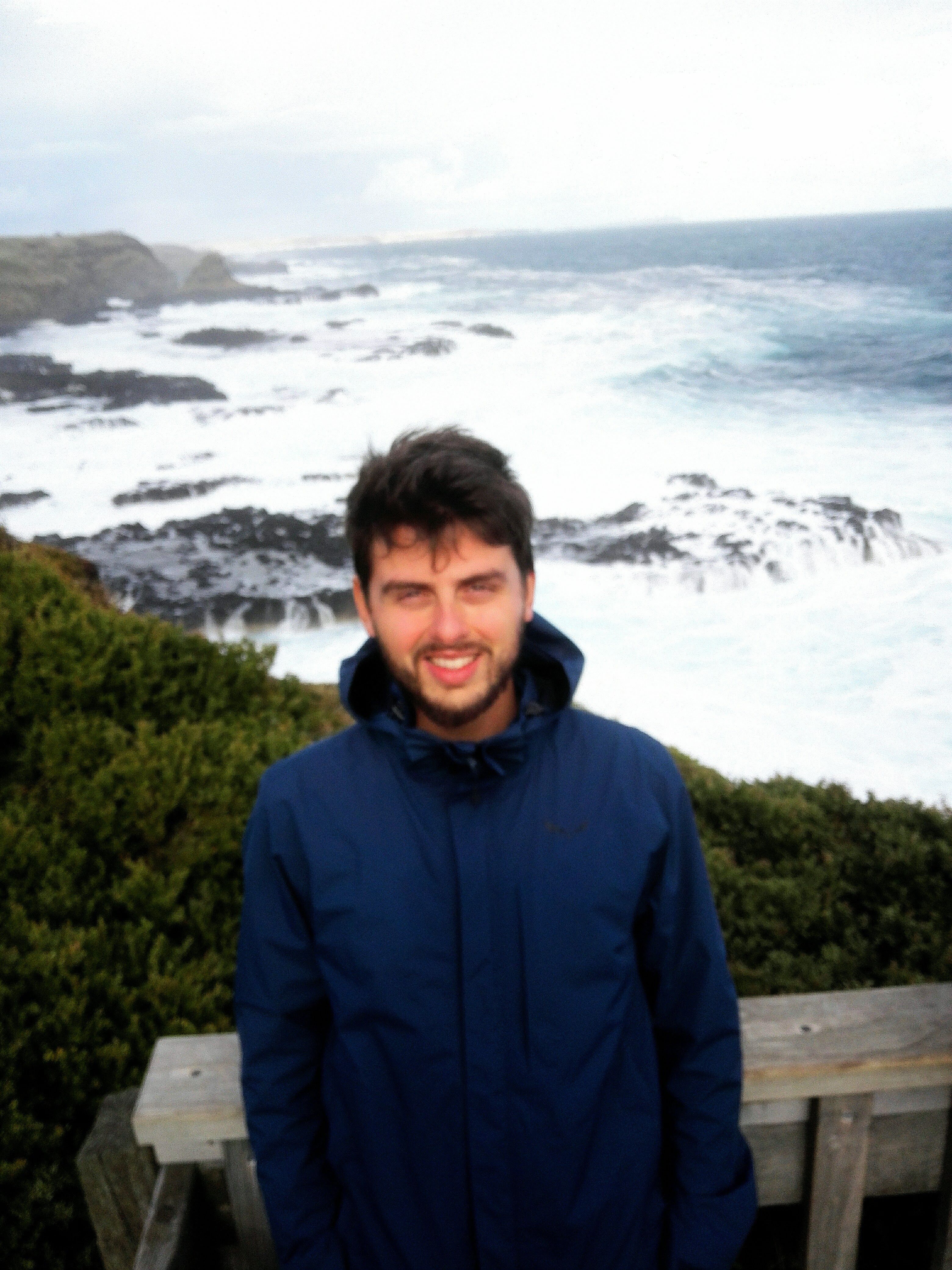
Abstract:
Design and construction of marine systems rely on accurate statistical analyses of historical data set that provide the practitioner with Extreme Value (EV) return period estimates of environmental parameters. However, the design return periods sought are longer than the currently available dataset length. Buoys, visual ship observations and platform measurements guarantee homogeneous long data series but they are sparse in space. The advent of satellite measurements in the last 30 years guaranteed a much larger space coverage, but measurements are constrained in time, due to the satellites' track passes. In response to these limitations, the present work develops an innovative approach to wind speed and significant wave height extreme value analysis. The approach is based on global atmosphere-wave model ensembles, the members of which are propagated in time from the best estimate of the initial state, with slight perturbations to the initial conditions, to estimate the uncertainties connected to model representations of reality. The low correlation of individual ensemble member forecasts at advanced lead times guarantees their independence and allows us to perform inference statistics. The advantage of ensemble probabilistic forecasts is that it is possible to synthesize an equivalent time series of duration far longer than the simulation period. This allows the use of direct inference statistics to obtain extreme value estimates. A short time series of 6 years (from 2010 to 2016) of ensemble forecasts is selected to avoid major changes to the model physics and resolution and thus ensure stationarity. This time series is used to undertake extreme value analysis. The study estimates global wind speed and wave height return periods by selecting peaks from ensemble forecasts from +216 to +240 hours' lead time from the operational ensemble forecast data set of the European Centre for Medium-range Weather Forecasts (ECMWF). The results are compared with extreme value analyses performed on a commonly used reanalysis data set, ERA-Interim, and buoy data.
The comparison with traditional methods demonstrates the potential of this novel approach for statistical analysis of significant wave height and wind speed ocean extremes at the global scale.
Time: 26 June at 14:15 PM
Place: BCCR Lecture room 4020, Jahnebakken 5
